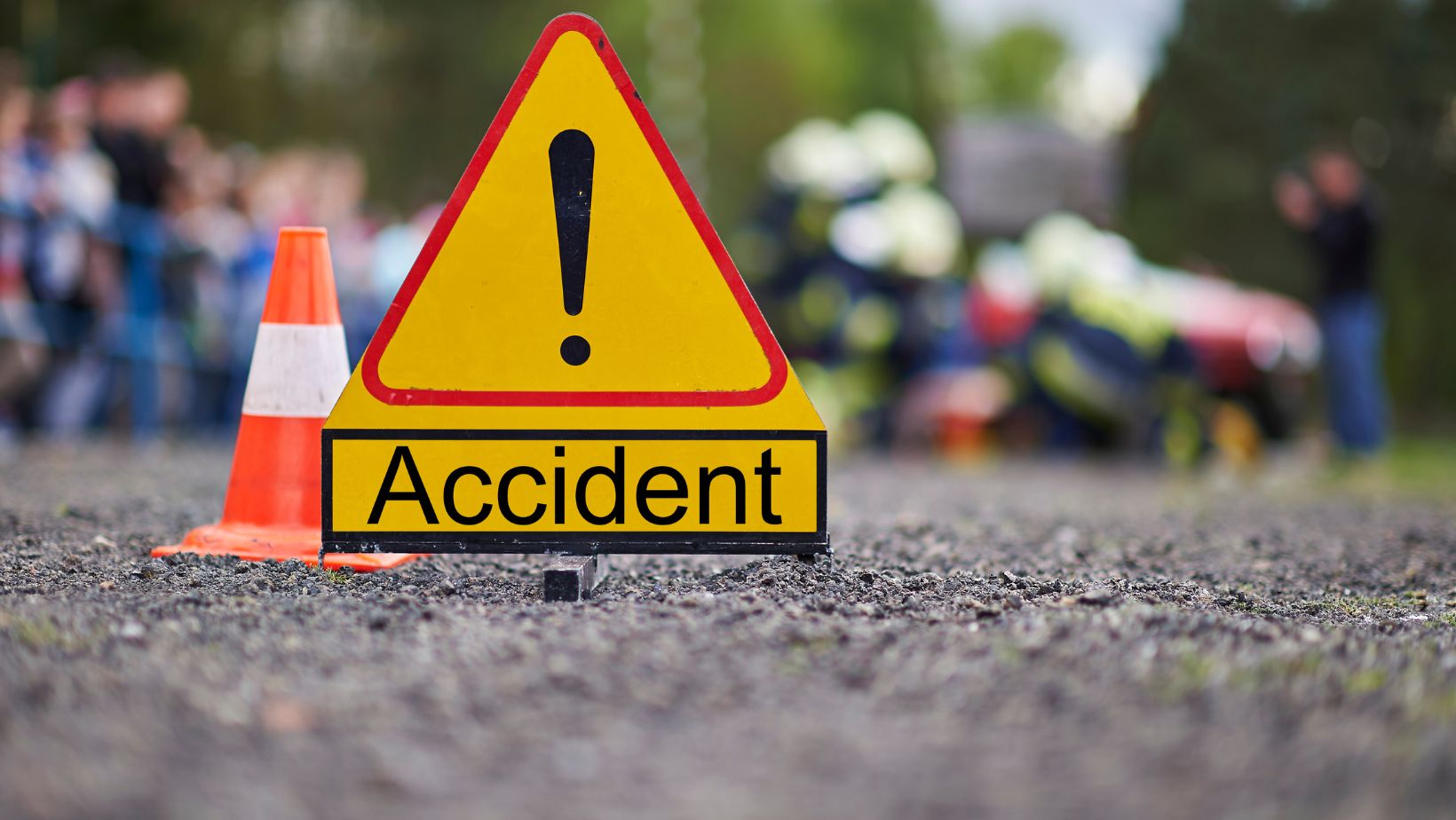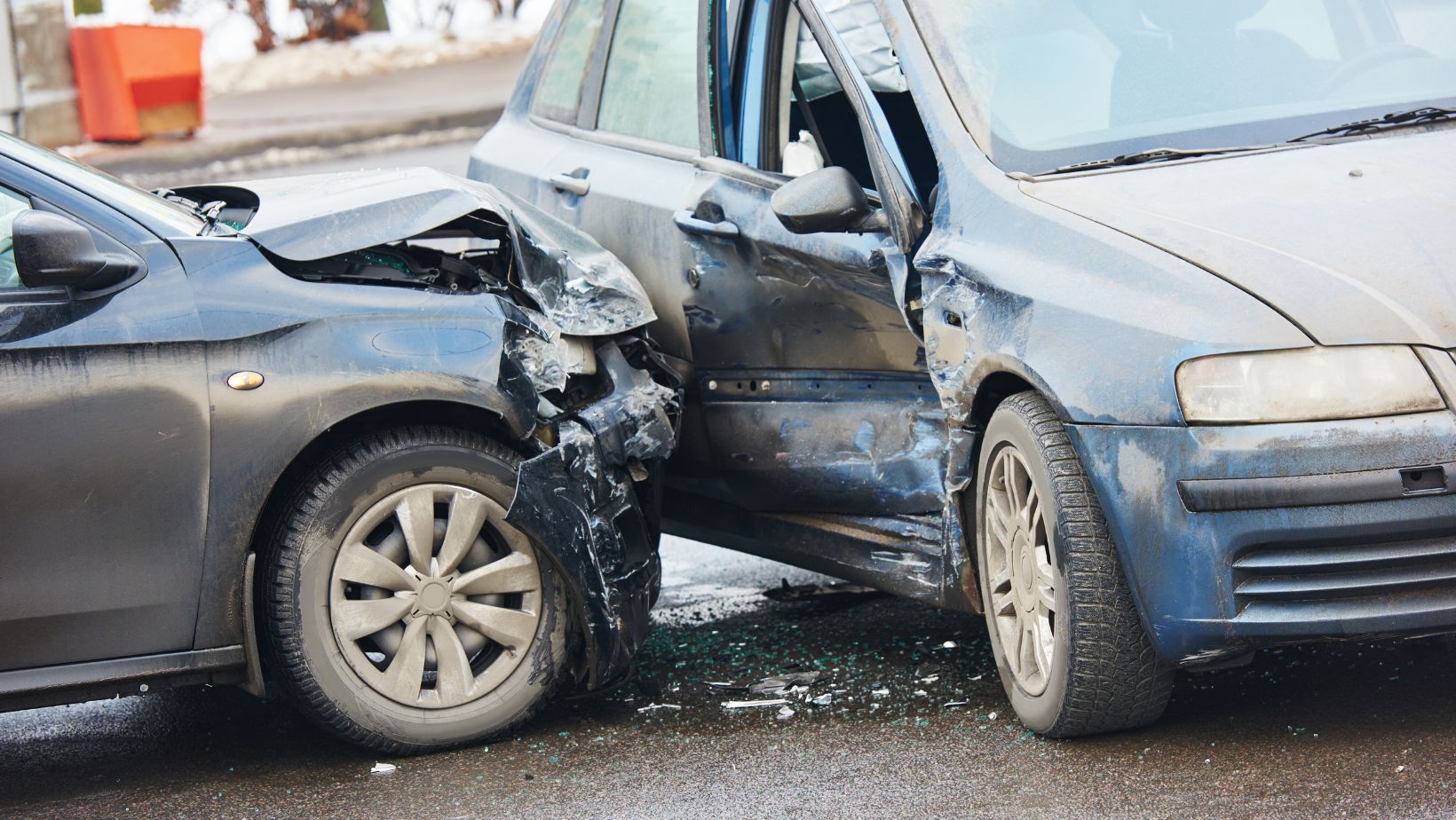
There’s a good chance you’re guilty of speeding at least once in your life. Even if it’s unintentional. Sometimes, speed limits drop suddenly, and slowing down takes a little time. Other drivers simply love driving as fast as possible with complete disregard for posted speed limits. This driving behavior is dangerous.
Did you know that 26% of traffic fatalities are caused by speeding in San Diego? If you’re injured in a car accident involving speeding, you may be entitled to receive compensation. However, this also means you probably need a California speeding accident attorney.
How California Defines Speeding
Yes, speeding is driving over the posted legal limit. You know those signs on the side of the road that can say 60 MPH, for example? The signs indicated the legal speed limit. If you’re driving faster than the posted limit you’re guilty of speeding. This is only the partial definition of speeding according to California law.
The law takes the definition of speeding a little further to include additional scenarios other than willfully ignoring posted speed limits. Some examples include the following:
- Driving at speeds faster than the posted limit
- Driving too fast for the current weather conditions
- Driving too fast for the condition of the road
- Street racing, drag racing, or exhibitions of speed
Basically, California law states that speeding is operating a motor vehicle at speeds faster than what’s safe for current conditions. In other words, even driving at the posted speed limit may be considered too fast under California law.
Potential Penalties for Speeding
California has joined a few other states in passing what is loosely known as a super speeder law. This law kicks in when a driver is going over 100 mph. Yes, the feeling can be exhilarating, but the behavior is also dangerous. Speeding makes it more difficult to control a motor vehicle and this can lead to accidents.
If you’re caught driving at or above 100 mph, get ready to face a hefty fine. Your speeding ticket can range from $500 to $1,000. You’re also risking your driving privileges. You can lose your license for anywhere from 30 days to one year. If you’re a repeat offender, the penalties can be harsher. In other words, speeding isn’t worth the potential risks or penalties.
Did you know speeding can even lead to criminal charges? If you’re speeding and cause an accident, you can face reckless driving charges. If speeding results in a fatality, manslaughter and homicide charges are possible.
What to Do if You’re Injured in a Speeding Accident
Speeding is common in California, even with new laws taking effect. If you’re involved in a speeding accident and aren’t the at-fault driver, there are a few steps you’ll want to take.

These steps can help ensure you receive compensation for your injuries.
Contact the Authorities
For some types of vehicle accidents, you can skip filing a report with the authorities. You have ten days to file Form SR-1 if there’s minimal property damage and no injuries. However, if the accident is caused by speeding, don’t wait to file a report. Call 911 or the local non-emergency number if no one is reporting any injuries.
Stay at the accident scene, even if the other driver decides to take off. Leaving the scene of a speeding accident can compromise your compensation claim. The last thing you need is a hit-and-run charge when you’re filing a claim for damages.
You’ll also want to get a copy of the accident report. Don’t be surprised if it takes a week or so for the report to be ready. You can request a copy online or at the nearest police station. There is a nominal fee, but it’s typically under $10.
Why do you need the accident report? Your insurance company will use the report to verify your accident claim. The report may also contain information indicating who’s responsible for the auto accident. If there are any witnesses, chances are, their contact information is also included in your report. Basically, the accident report contains a lot of information that can help support your claim.
Seek Medical Attention
Most traffic accidents involving speeding typically result in serious property damage and injuries. Even if you don’t need a ride to the hospital, it’s still a good idea to make an appointment with a physician.
Some injuries aren’t immediately obvious. Not only does this help ensure you’re taking care of your health, but it can also prevent unexpected medical expenses from popping up after you’ve settled with the insurance company.
Once you accept a settlement offer from the insurance company, you can’t reopen your case. This applies even if you discover untreated injuries relating to the speeding accident.
Collect Evidence
Sometimes it’s impossible to collect evidence after a speeding accident. Your injuries may be too severe or the accident occurred in an unsafe location. For example, if an accident occurs on a busy freeway, don’t exit your vehicle to take pictures of the damage. Now, you’re a hazard for other drivers and you definitely don’t want to be struck by a moving car.

However, if possible, go ahead and take some pictures of the vehicle damage. Don’t worry about the other driver’s case, just focus on yours. You may also want to take pictures of the accident scene. Sometimes, insurance adjusters use the photos to reconstruct the accident.
Contact Your Insurance Provider
You want to let your insurance company know about the accident. Keep the details simple and basic. You don’t need to provide the insurance adjuster with all of the details. Just stick with the accident’s date, time, and location. You can get into details about your injuries and property damage later, once you have a better understanding of this information.
Something you don’t want to do is let the insurance company record any of your conversations unless your attorney is present.
Contact a California Injury Attorney If You’re in a Speeding Accident
Anytime you’re involved in a speeding accident, you want to contact a personal injury attorney. Your attorney can help ensure you receive compensation for your injuries and property damage.
